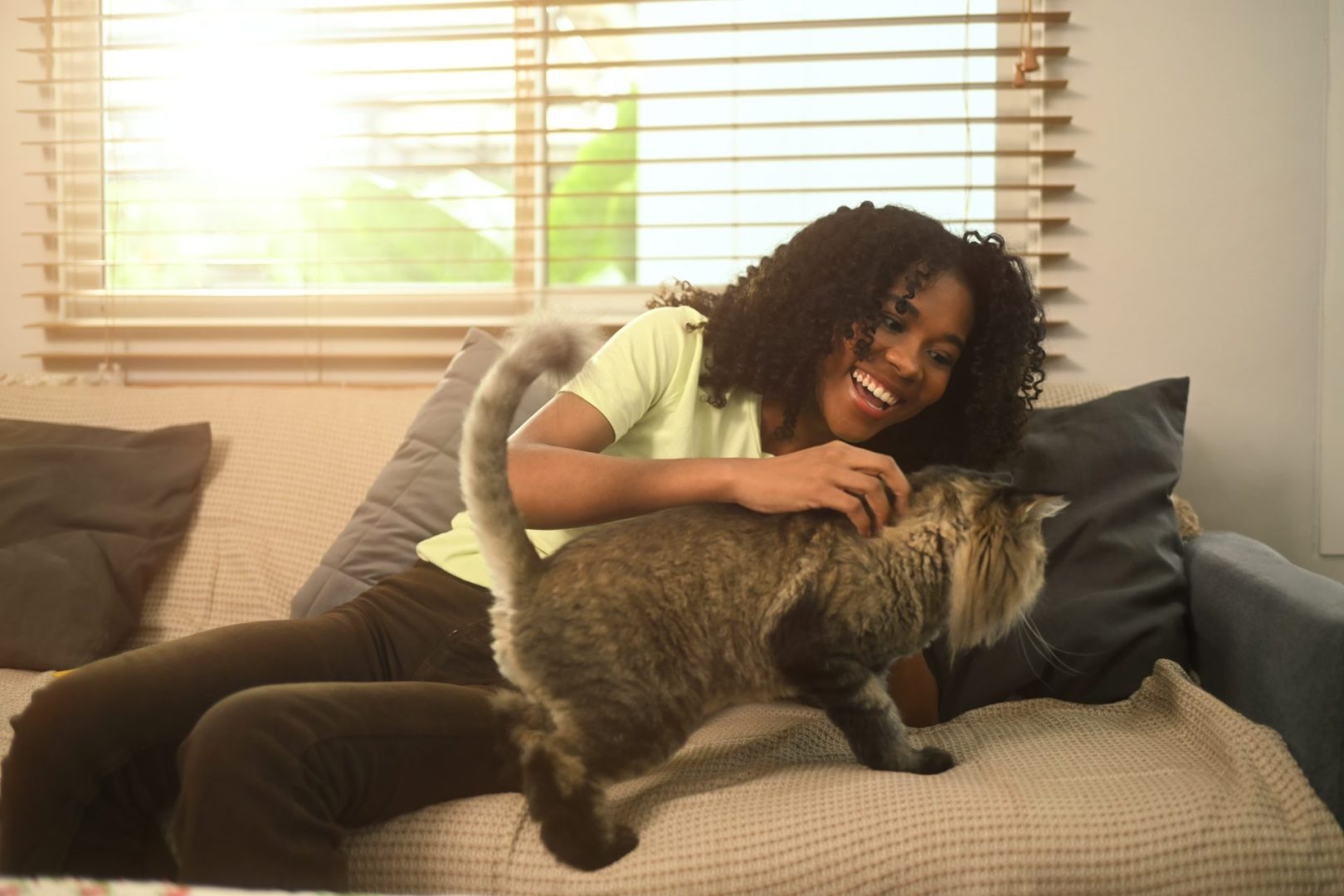Recent revelations about the transmission of bird flu between humans and cats have prompted increased attention from health authorities and pet owners alike. A study published in the Morbidity and Mortality Weekly Report by the Centers for Disease Control and Prevention (CDC) documents how the highly pathogenic avian influenza (HPAI) A(H5N1) virus has found new pathways of infection, potentially changing our understanding of how this virus spreads among different species.
The unexpected transmission pathway
The CDC report details two confirmed cases of indoor domestic cats contracting bird flu, with both felines belonging to dairy workers who had previously displayed symptoms consistent with the virus. Prior to the cats becoming ill, their owners had experienced symptoms including vomiting and diarrhea. Although the owners declined testing for bird flu, laboratory analysis confirmed the presence of the virus in both cats, with one eventually dying from the infection.
This finding represents a significant development in our understanding of avian influenza transmission, as it suggests that humans may serve as intermediary hosts capable of passing the virus to household pets. Previously, most concern centered on direct transmission from infected birds to mammals, but these cases indicate more complex transmission patterns may exist.
The indoor setting of these infections is particularly noteworthy, as it eliminates the possibility of direct contact with infected wild birds, which had been considered the primary transmission route for cats in previous outbreaks.
Potential transmission mechanisms
While definitive evidence regarding the exact method of transmission from humans to cats remains elusive, infectious disease specialists have proposed several plausible theories. One possibility involves virus transfer through contaminated hands or clothing of infected individuals who then interact with their pets.
Another theory suggests that cats may have ingested the virus by consuming unpasteurized milk brought home by their owners who work in dairy operations. This hypothesis aligns with the detection of the virus in unpasteurized milk from infected dairy cattle.
Despite these concerning findings, health experts emphasize that the overall risk of transmission remains relatively low for most pet owners, particularly those without direct contact with infected birds or dairy operations.
Established transmission routes
The primary transmission pathway for bird flu remains through contact with infected birds. These animals can shed the virus through various bodily fluids including saliva, nasal secretions, and feces. Surfaces contaminated with these substances can harbor the virus and potentially infect susceptible hosts.
Recent findings have expanded our understanding of transmission vehicles to include unpasteurized milk from infected dairy cattle. Additionally, consuming undercooked poultry or beef from infected animals presents another potential infection route.
For most household pets, exposure typically occurs through contact with infected wild birds or their droppings, making outdoor cats particularly vulnerable. However, the recent cases involving indoor cats highlight the need to consider additional transmission pathways, especially for individuals working in high-risk environments such as poultry farms or dairy operations.
Recognizing symptoms in cats
Identifying bird flu in felines requires vigilance for a constellation of symptoms that can progress rapidly. Early warning signs include decreased appetite and unusual lethargy, often accompanied by fever. As the infection advances, cats may exhibit concerning neurological symptoms such as circling, tremors, or seizures.
Other prominent indicators include heavy discharge from the eyes and nose, severe depression, respiratory distress manifesting as labored breathing, and respiratory symptoms like sneezing and coughing. Veterinary experts note that infected cats often become severely ill within a short timeframe, underscoring the importance of prompt medical attention.
The severity of these symptoms highlights the vulnerability of felines to this particular strain of avian influenza, with mortality rates potentially high among infected cats. This susceptibility makes prevention and early intervention especially important for protecting feline companions.
Human cases overview
The United States has documented 70 human cases of bird flu to date, including one fatality. Most infections have occurred among individuals with occupational exposure to infected poultry or dairy herds, suggesting that certain professions carry elevated risk.
According to CDC information, human infections typically occur when the virus enters the body through mucous membranes including the eyes, nose, or mouth, or when virus-containing particles are inhaled. This transmission pattern emphasizes the importance of proper protective equipment and hygiene practices for those working with potentially infected animals.
The relatively limited number of human cases despite widespread avian outbreaks suggests that while cross-species transmission occurs, substantial barriers to efficient human infection remain. Nevertheless, health authorities continue to monitor the situation closely due to concerns about the virus potentially adapting to spread more efficiently between mammals.
Essential preventive measures
Health experts recommend several precautionary steps for pet owners to minimize transmission risk. Keeping pets indoors represents an effective strategy to prevent contact with wild birds or other potentially infected animals. This measure is particularly important in areas with confirmed avian influenza outbreaks.
Dietary precautions include avoiding raw food or unpasteurized milk products for pets, as these could contain viable virus particles. When handling birds or cleaning bird feeders, wearing gloves and washing hands thoroughly afterward helps reduce transmission risk.
For cats showing potential bird flu symptoms, experts advise isolation and contacting a veterinarian for guidance. Rather than immediately transporting the animal to a clinic, consulting with a veterinary professional first can help prevent potential virus spread in veterinary facilities.
These protective measures take on added importance for outdoor cats that may encounter infected wildlife or contaminated environments. While indoor cats generally face lower risk, recent findings suggest vigilance remains important, especially for households with connections to high-risk occupations.
Current risk assessment
Despite concerning developments in transmission patterns, health experts maintain that the risk of contracting bird flu from household pets remains low for the general public. This assessment balances the documented cases against the rarity of such events in the context of millions of household pets nationwide.
Veterinary authorities emphasize that while awareness and precautions are warranted, panic is unnecessary. The current situation calls for informed vigilance rather than alarm, with special attention for those in high-risk occupations or locations with confirmed outbreaks.
The evolving nature of the virus underscores the importance of staying informed about local outbreaks and updated recommendations from health authorities. As researchers continue to investigate transmission patterns and risk factors, guidance for pet owners may be refined to address emerging concerns.
These recent findings illustrate the complex interplay between human and animal health, reinforcing the importance of a “One Health” approach that recognizes the interconnectedness of human, animal, and environmental well-being. By maintaining awareness of these connections and taking appropriate precautions, pet owners can help protect both their animals and themselves from this evolving public health challenge.

















